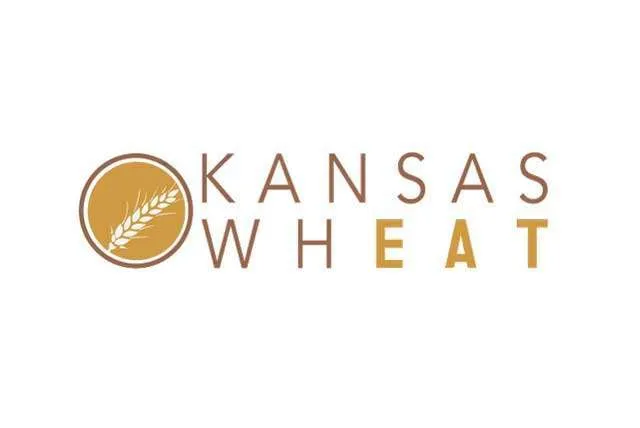The Kansas wheat crop is in relatively good shape for this time of year, but there are still a couple months until harvest, and a lot can change over that time.
With recent spring moisture, the crop is rated 16% poor to very poor, 29% fair and 55% good to excellent by USDA’s National Agricultural Statistics Service (NASS) as of April 11.
The crop is about 7-10 days behind average. NASS reported that 29% of the crop is jointed, which is behind 36% for the five-year average.
Fall & Winter Conditions
At the Kansas Association of Wheat Growers (KAWG) board meeting on April 8, farmers from across the state reported that the condition of the wheat crop is variable, depending on planting date, and that most areas are finishing up with fertilizer applications. The earlier planted wheat is in good condition.
“Last fall in September, considerable precipitation allowed early planted wheat to emerge and have very good development during the fall,” said Romulo Lollato, wheat production specialist with Kansas State University. However, he added, “October to mid-November was very dry.”
“The late-planted wheat has been slow to grow and has low tiller counts,” said KAWG President Justin Knopf.
Arctic temperatures in mid-February with extremely cold air temperatures, limited snow cover across the state and overall dry conditions caused some concern about winterkill.
“The promising thing was that the soil temperatures never got to single digit temperatures, and that is where the crown of the wheat was located at that time,” said Lollato. “By late March and early April, we were better able to assess how the crop was faring. The small wheat in March that was later planted is showing some spring tillering and green leaves.
“Right now we’re hopeful that not much area of winter wheat will be lost due to that potential for winterkill from the February cold spell.”
March Precipitation
According to the Kansas State University March 2021 Ag Climate Update, “March was much wetter than normal, ranking as the 5th wettest March since 1895. This resulted in improving drought conditions across the state.
“The moisture, coupled with warmer temperatures, greatly aided winter wheat development.” Read more at http://climate.k-state.edu/ag/updates/.
According to Lollato, this moisture really helped the crop recover from any potential injury it suffered over the winter, helped put fertilizer into the root zone, and is used efficiently by the crop for stem elongation.
“From now until heading is when the crop needs the largest amount of water,” he said.
Watch Lollato’s video update at https://www.youtube.com/watch?v=L_AtfcGum6Y.
Disease Pressure
While the wheat crop is in overall good condition, there are some instances of disease pressure starting to show up. With the dry conditions last fall, a lot of volunteer wheat didn’t get controlled. Instances of Wheat Streak Mosaic Virus are showing up in some unconventional locations, including central Kansas.
“We are seeing a higher number of WSM samples than what we typically see this time of year,” said Kelsey Andersen Onofre, plant pathologist with Kansas State University. “Wheat Streak Mosaic is showing up early this year in western/west central and also central counties – Barton, McPherson and Saline counties. We’re really keeping an eye on that right now.”
Wheat Streak Mosaic Virus is transmitted by the wheat curl mite, which survives on volunteer wheat and other weedy host species and grasses. There is no treatment for WSMV, so the best way to manage it is after harvest by controlling host species.
“Fields that were infected right after emergence are showing bad symptoms of wheat streak mosaic this time of year,” said Onofre. “Those will cause the highest amount of yield loss. Wheat that’s affected later in the season or has some resistance can have less yield loss.”
Listen to Onofre’s interview with Duane Toews at https://kswheat.com/file/wheat041221mp3.
Wheat Tour
The Wheat Quality Council will host its annual Hard Winter Wheat Tour this year on May 17-20. Crop scouts will be evaluating the wheat and calculating potential yields using the NASS formula for this year. Sign up for updates from the tour and harvest reports on our website at https://kswheat.com/harvest.
###
Written by Marsha Boswell, V.P. of Communications, Kansas Wheat



